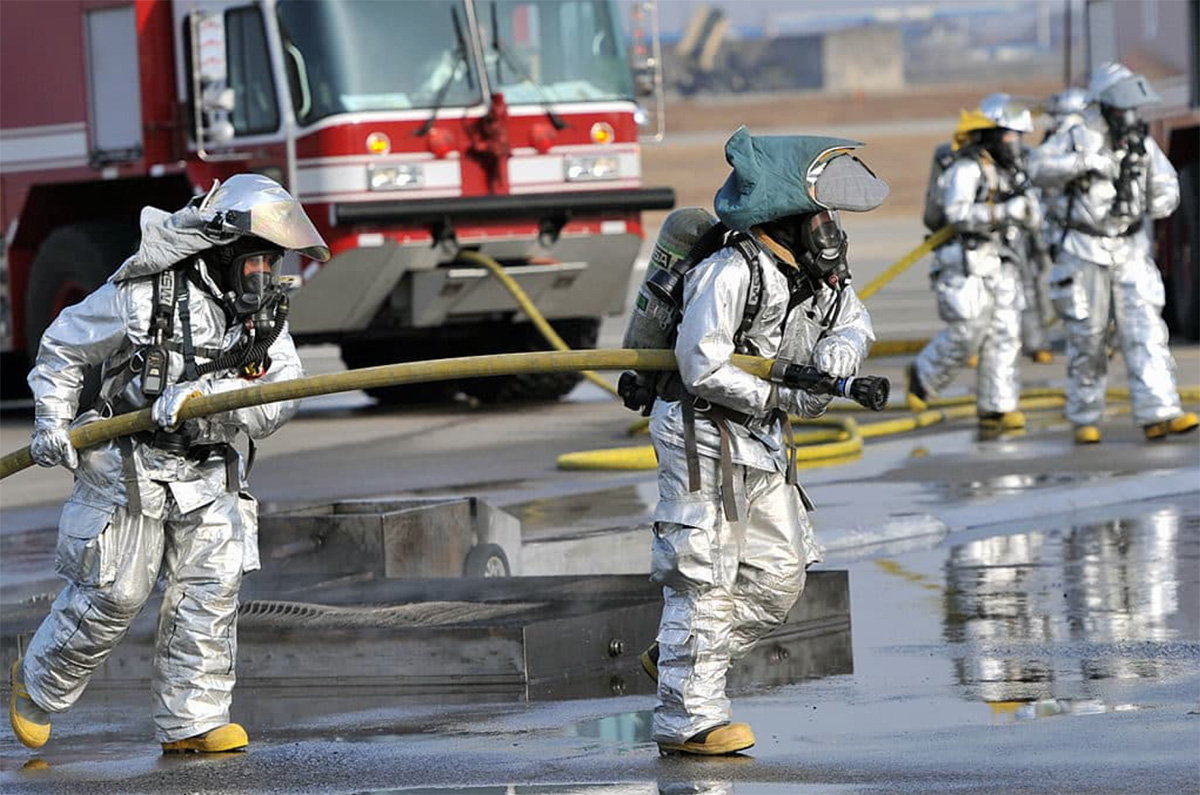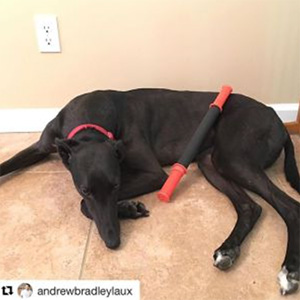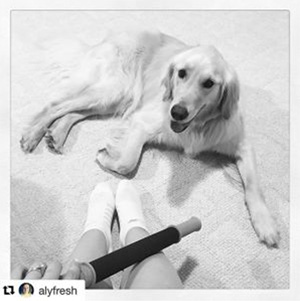
This weekend, I took my pup, Zuri, on his first hike! He bounded up the trail, leaping boulders and splashing through mud, all with a smile plastered on his face. The day after the hike was full of naps, downward dogs, and slow ambles. Unfortunately, the next day was the day of DOMS.
That’s right…dogs can get DOMS (delayed-onset muscle soreness) too. Jumping from 3 mile runs to a 7-mile hike with elevation change and a boulder obstacle course was a recipe for severe doggy DOMS.
Thankfully, just like people, massage can benefit dogs too.

You don’t necessarily want to massage your dog the same way you would yourself. A deep tissue massage will most likely have your dog yowling at you. Gentle and slow techniques is the best approach to making sure your pup is comfortable.
 Approach your dog calmly. Start the massage by petting your dog gently, and slowly, all over. Light touch is key here.
Approach your dog calmly. Start the massage by petting your dog gently, and slowly, all over. Light touch is key here.By the time you work down to his back legs and even his tail (if he likes it), you’ll have one happy and relaxed pup. By massaging your dog often, you’ll learn your dogs body. Pay attention to any changes in her reaction to the massage. If she jerks when you massage a specific area, she might have strained something and need a day or two off running (with some extra massages) to get her muscles happy and healthy again.
Have you ever given your dog a massage? What tips and tricks work for you?
© 2024 Tiger Tail USA. All Rights Reserved.